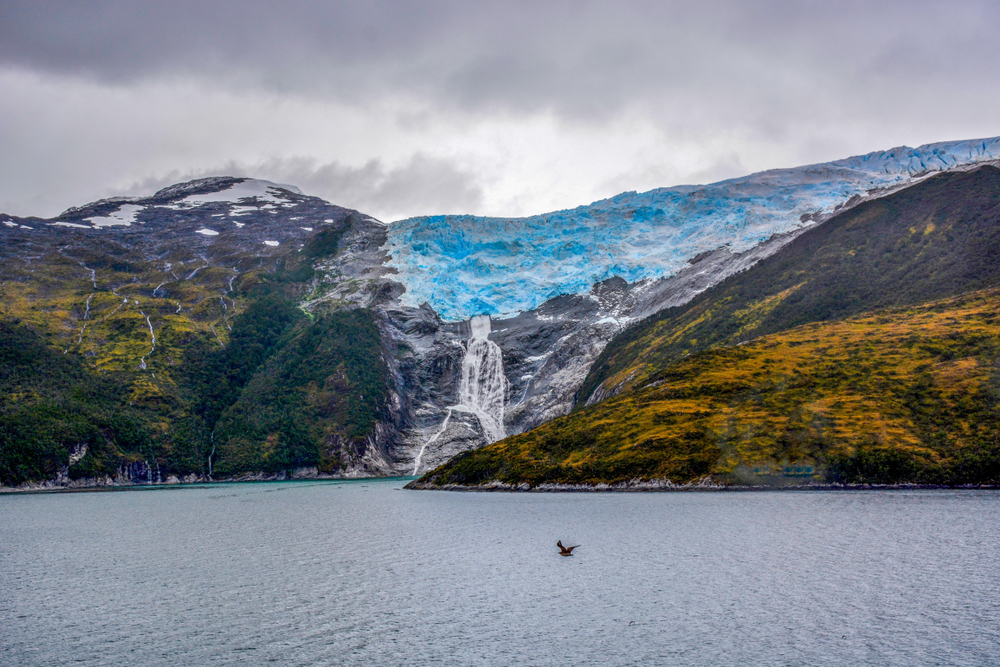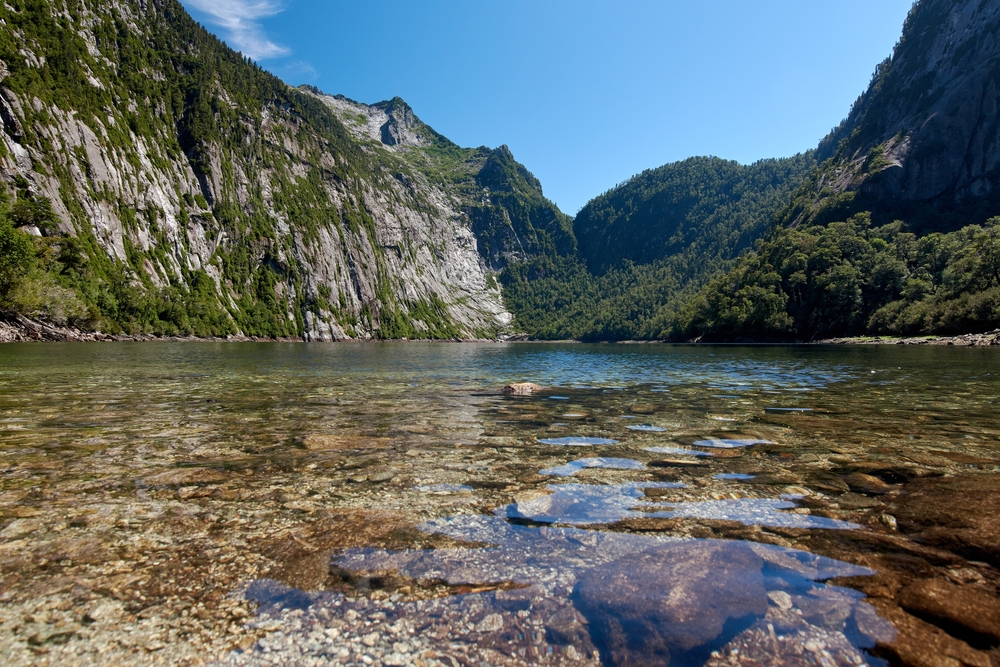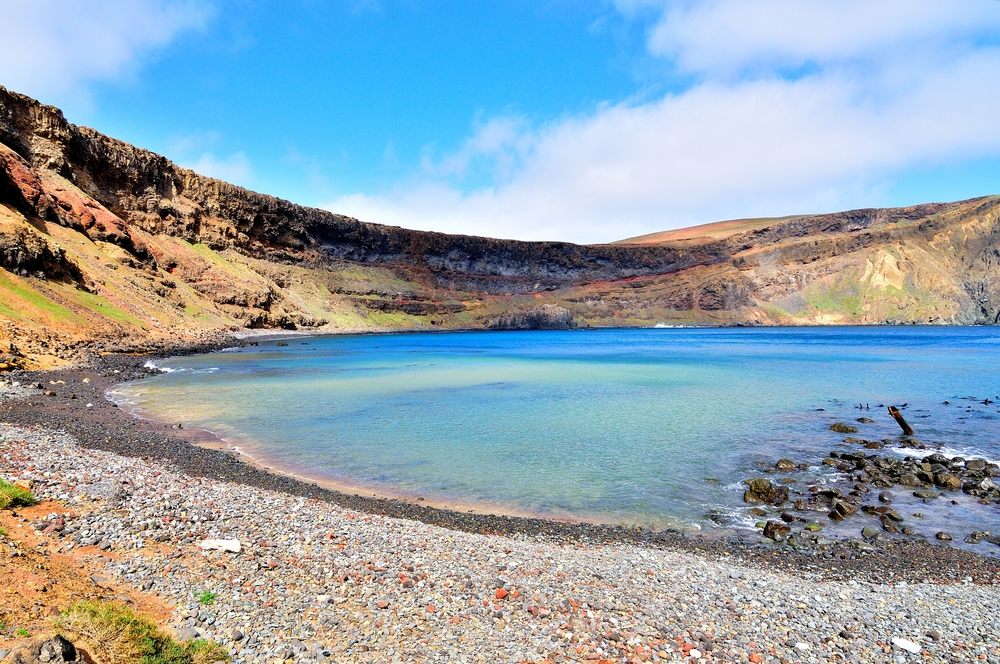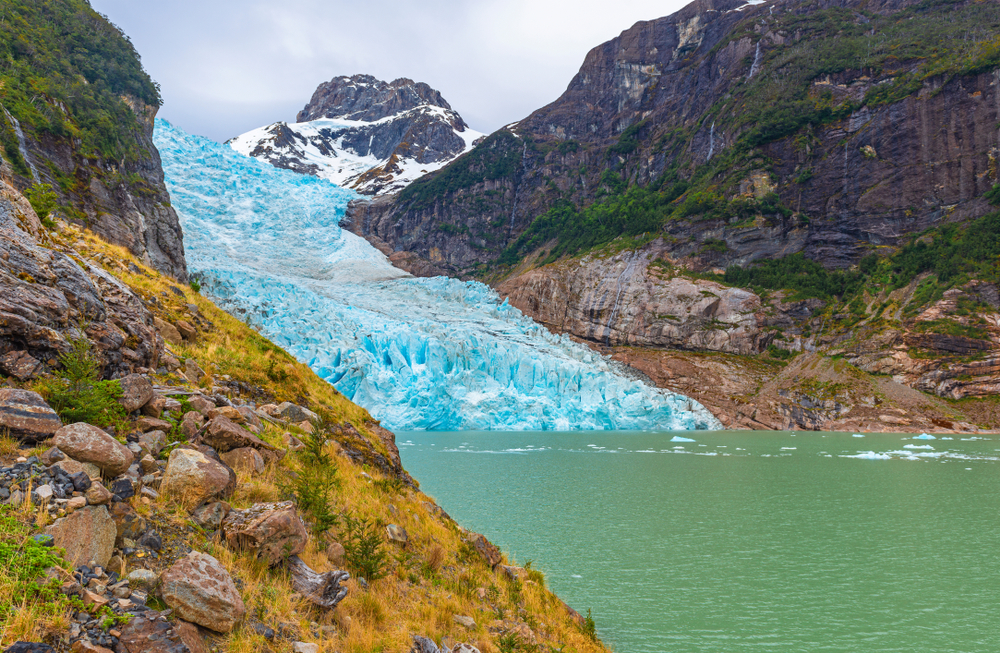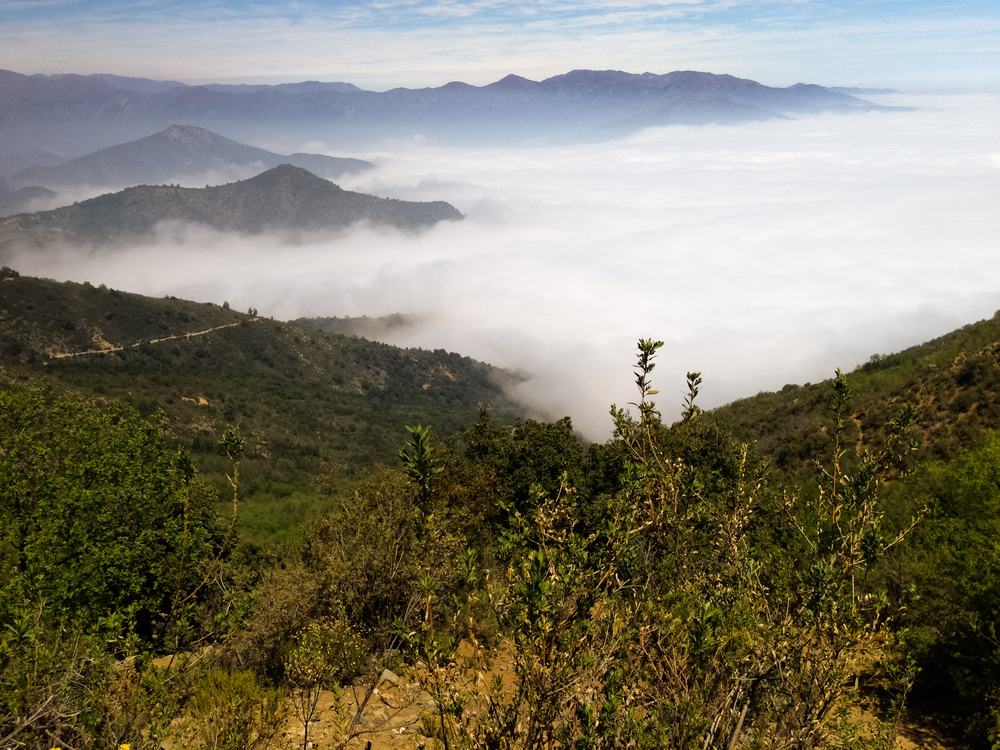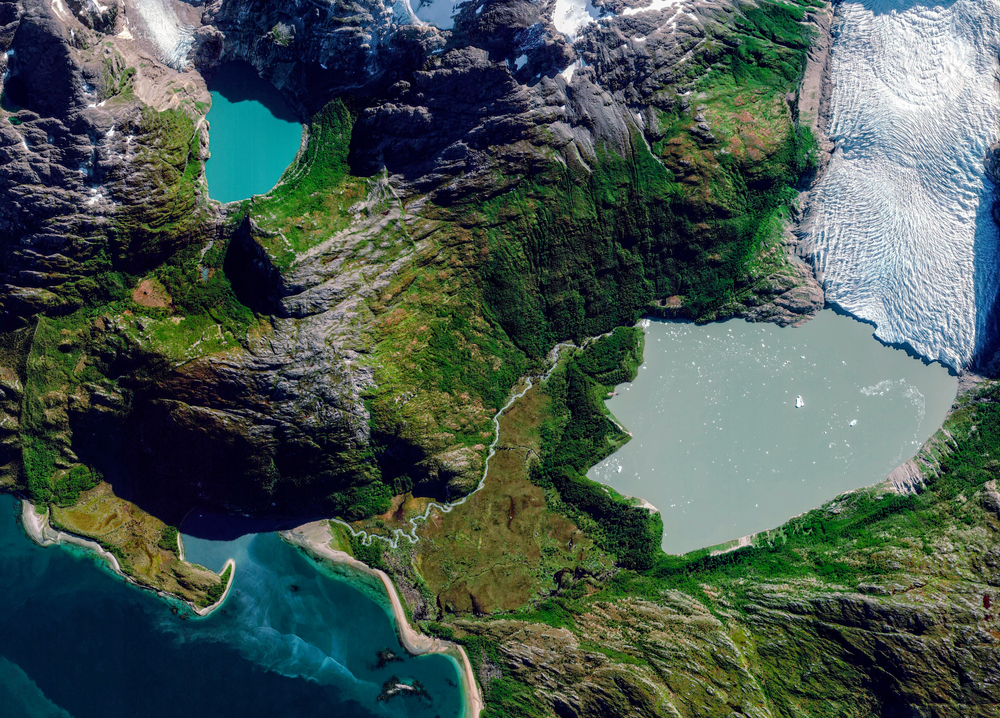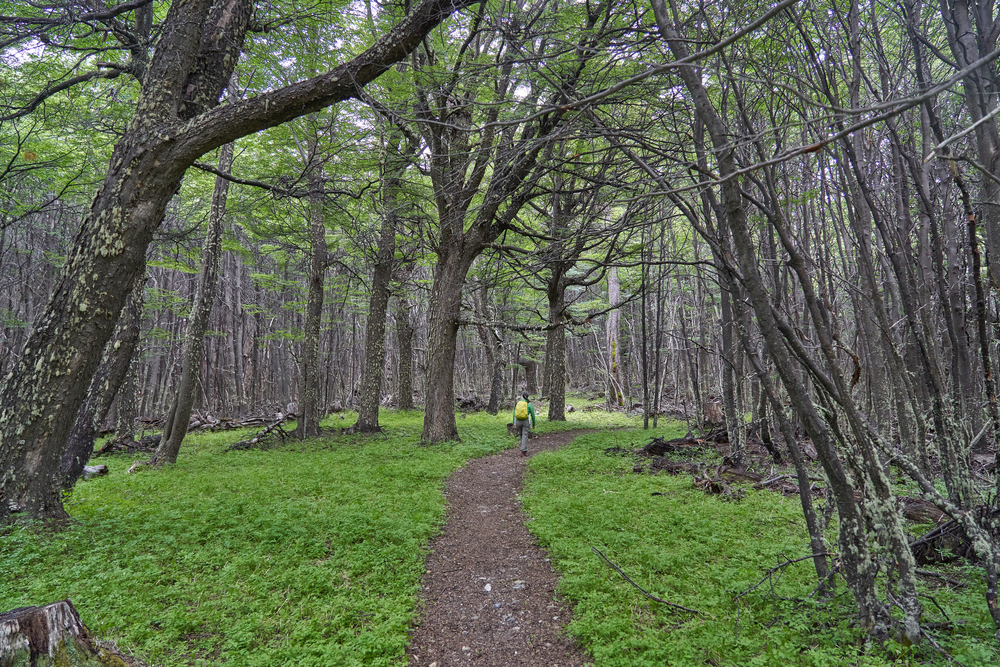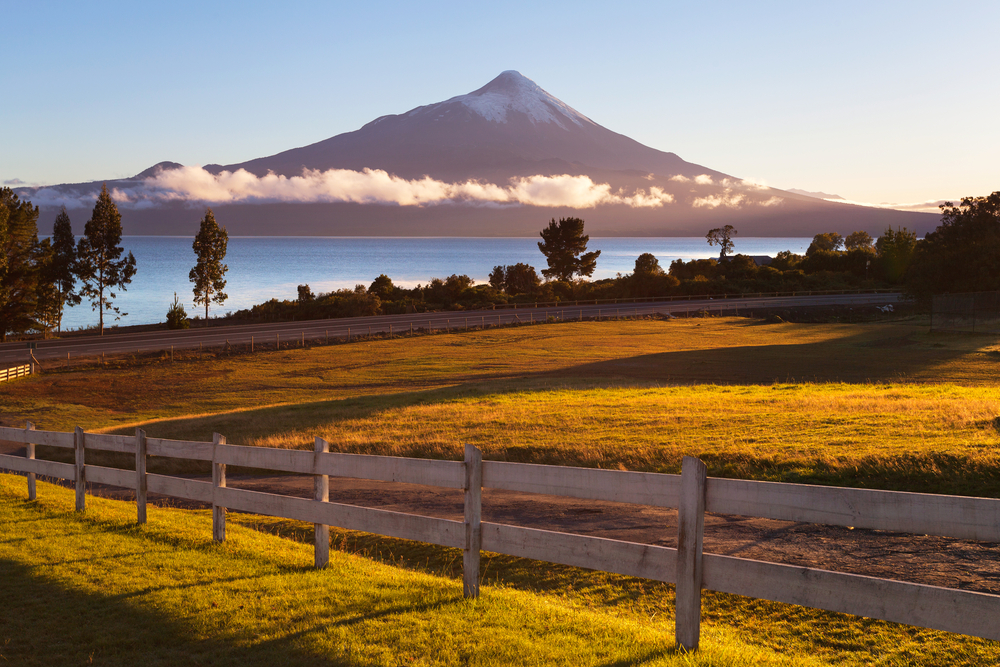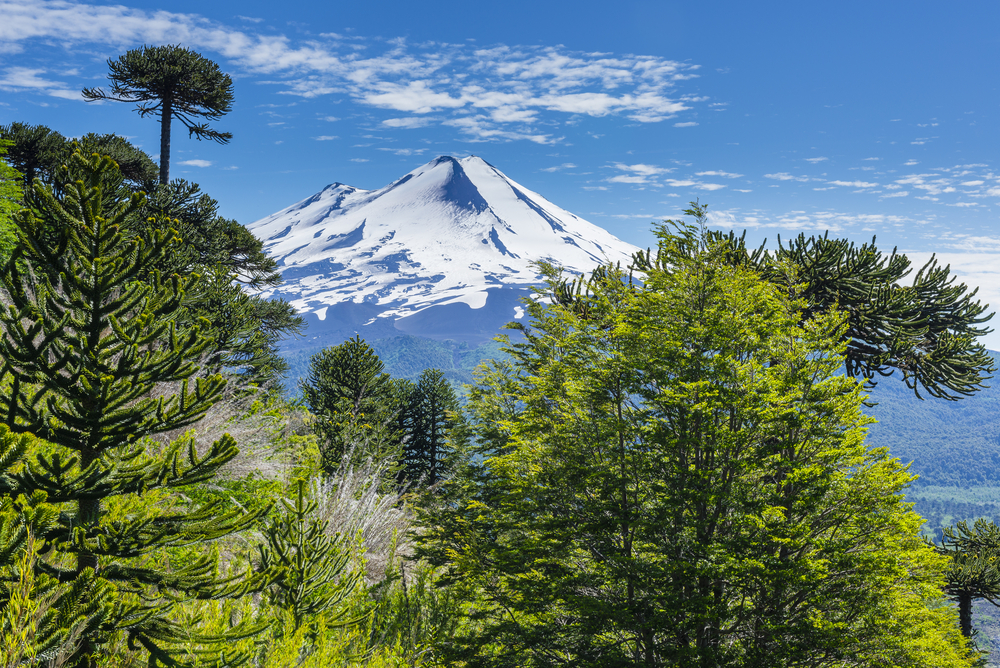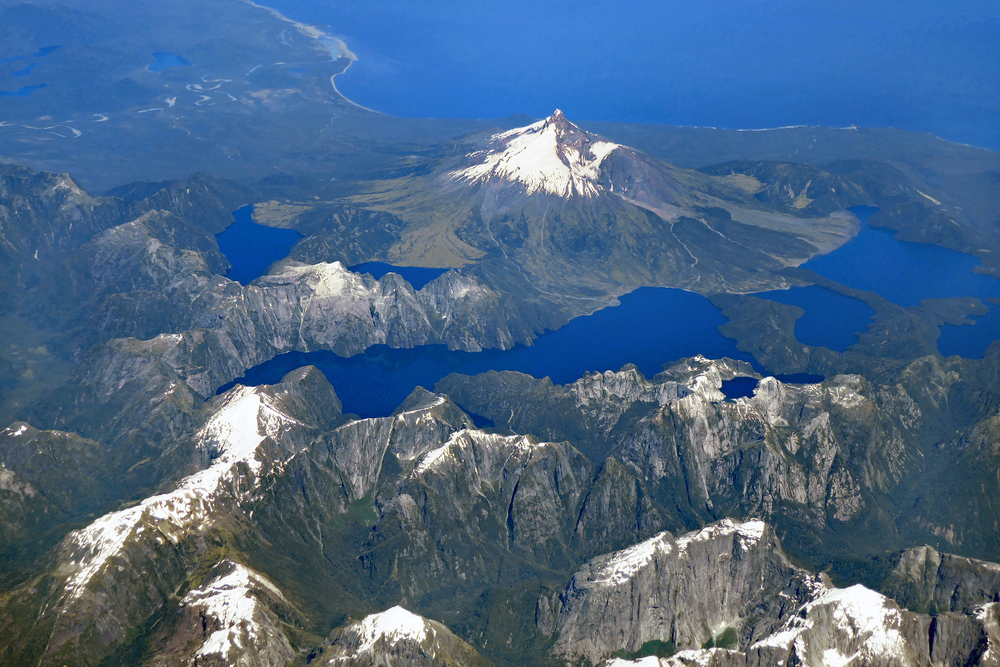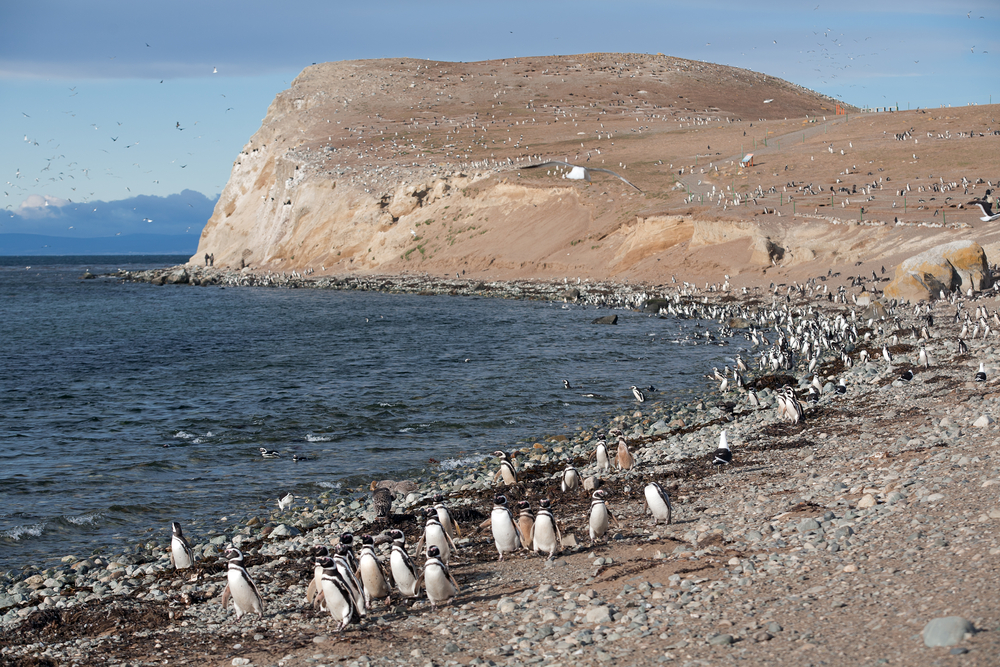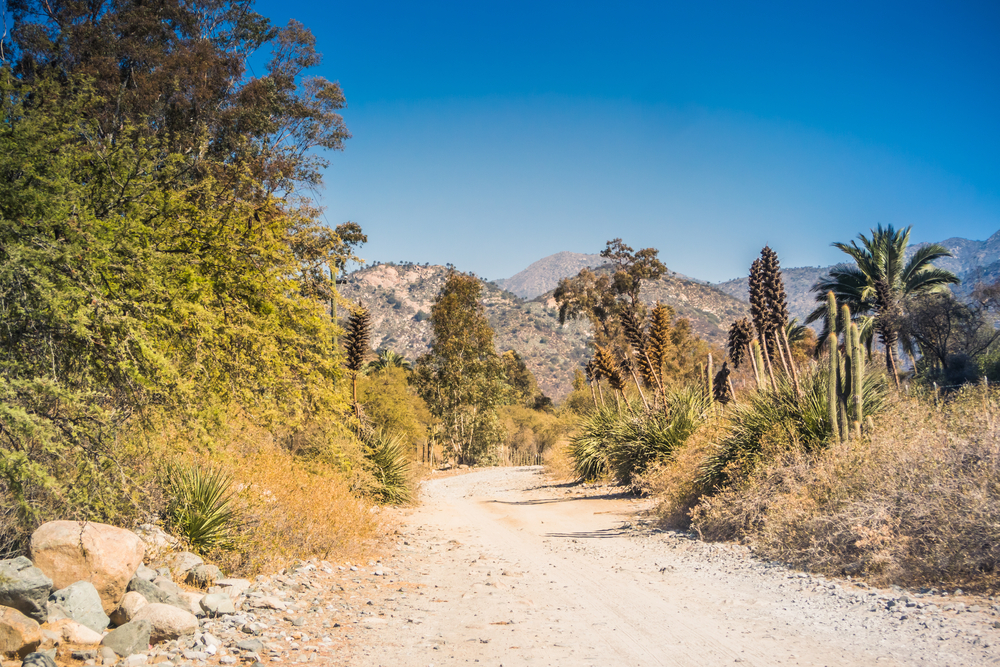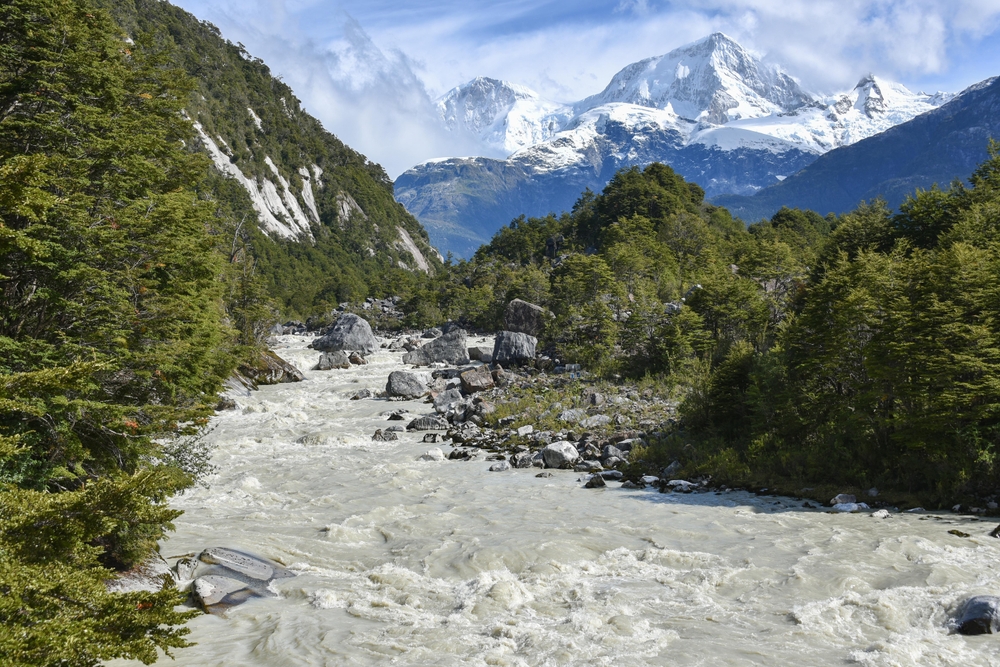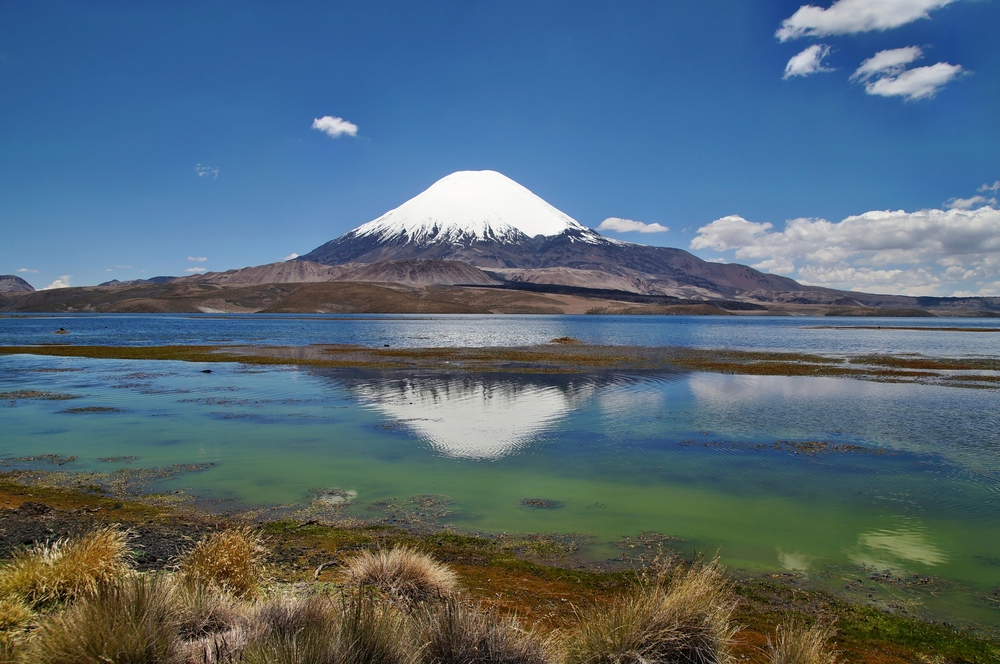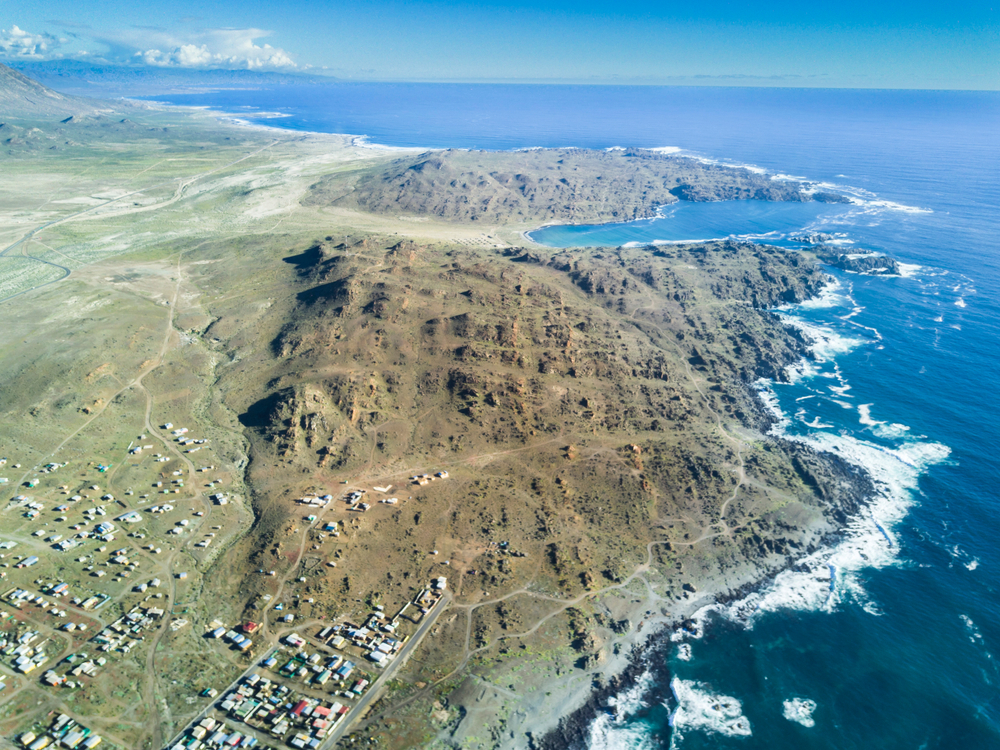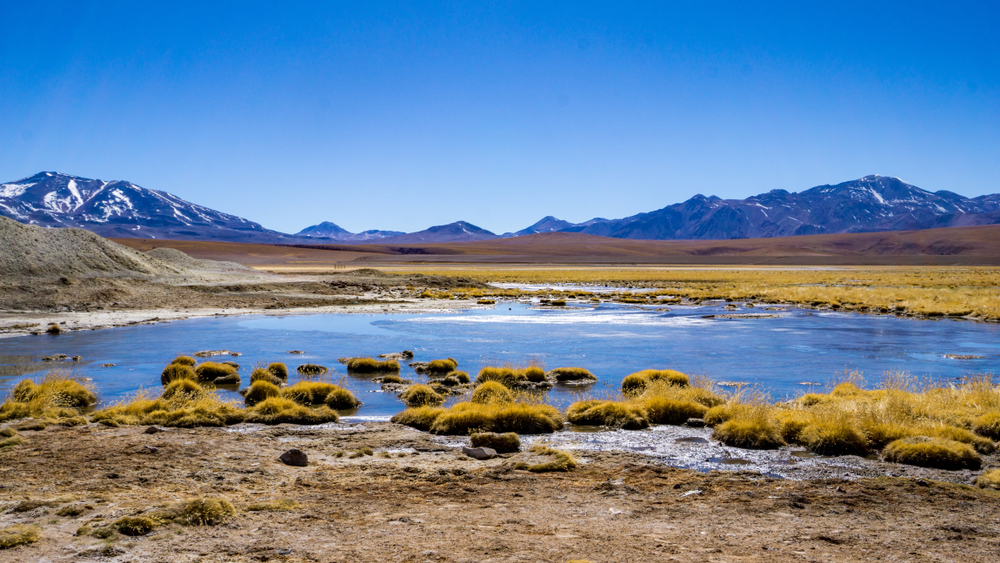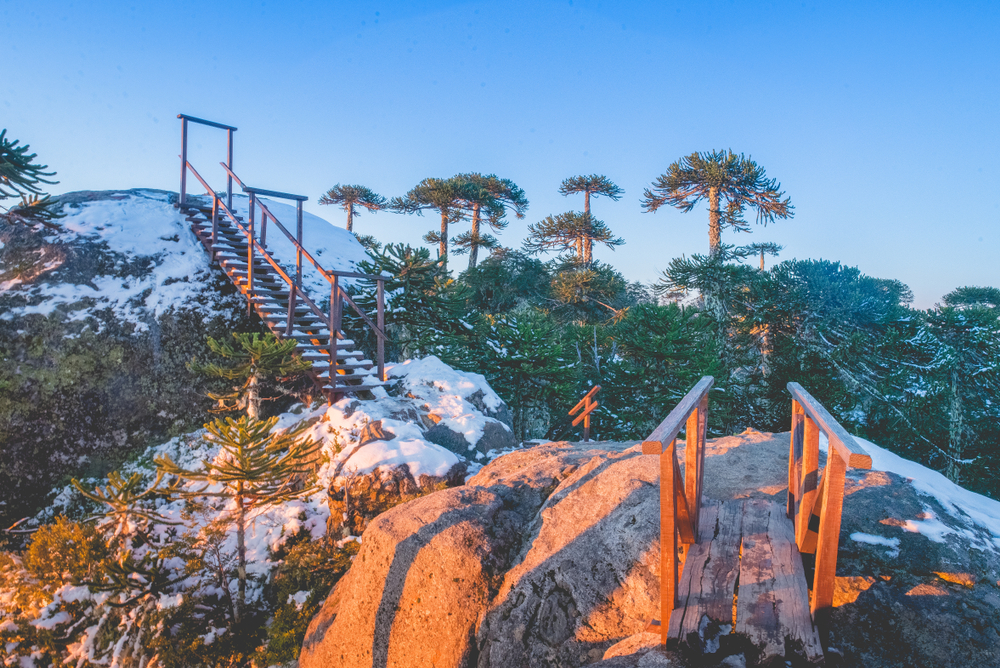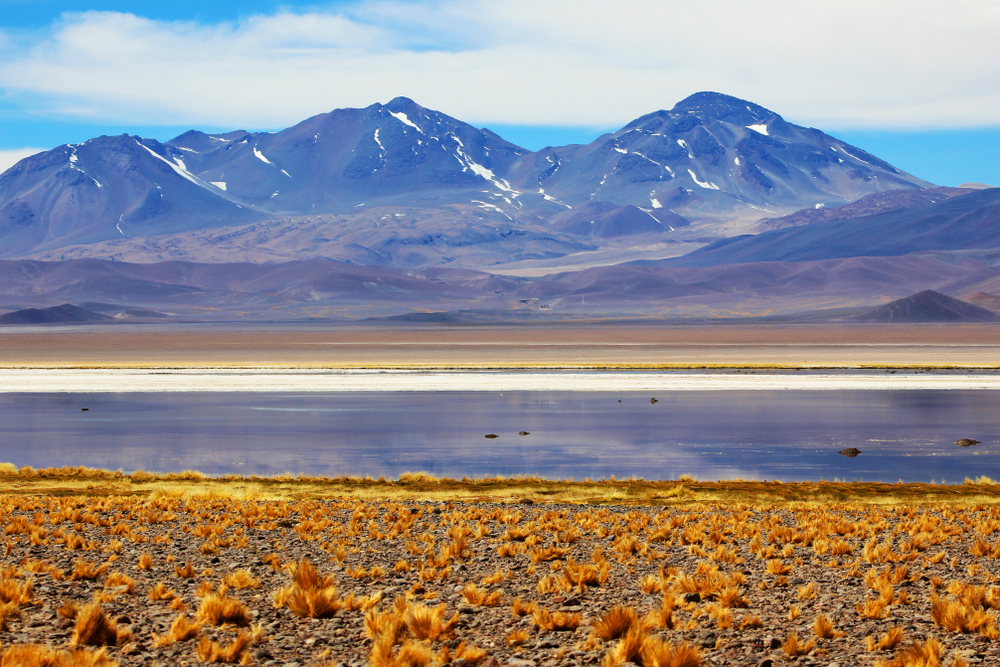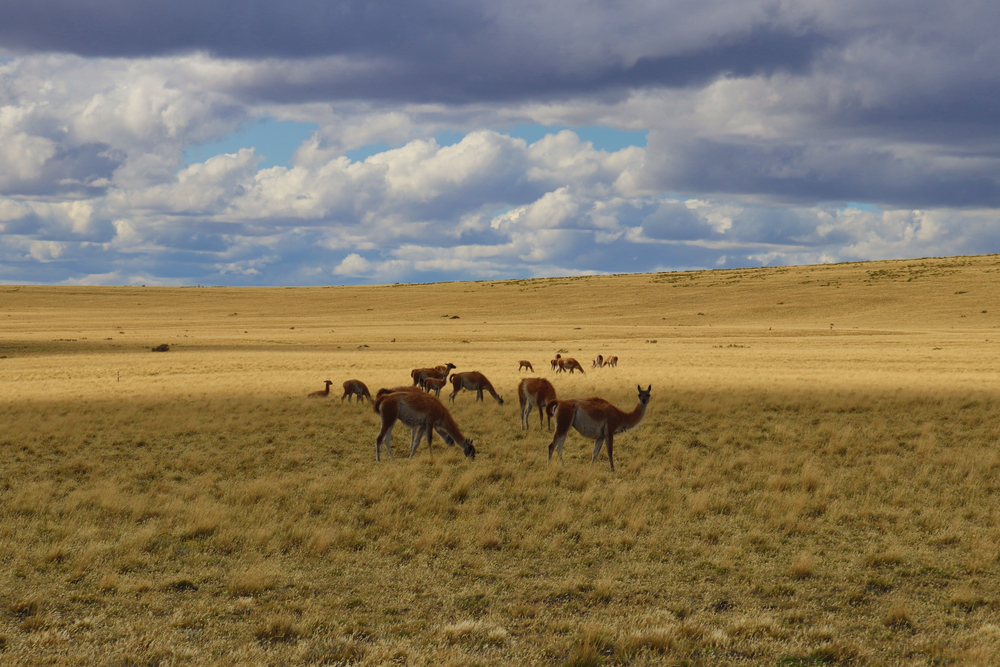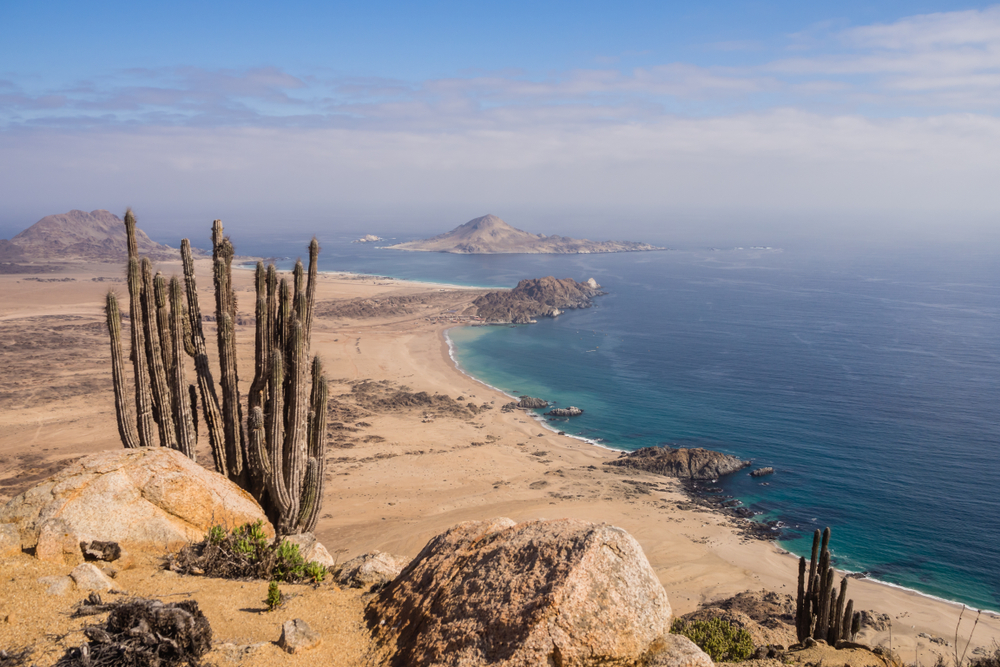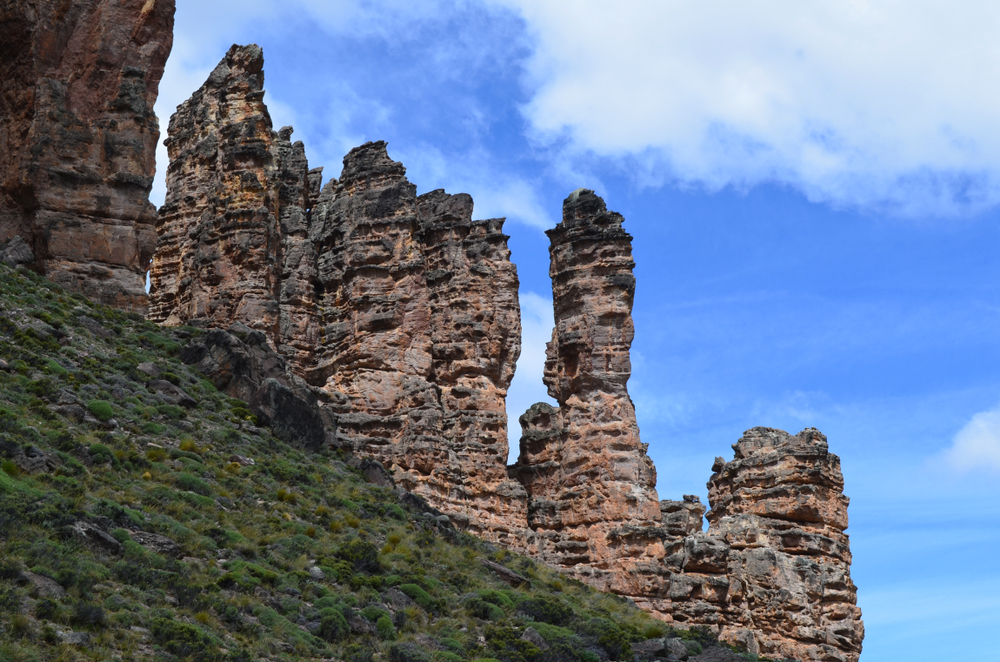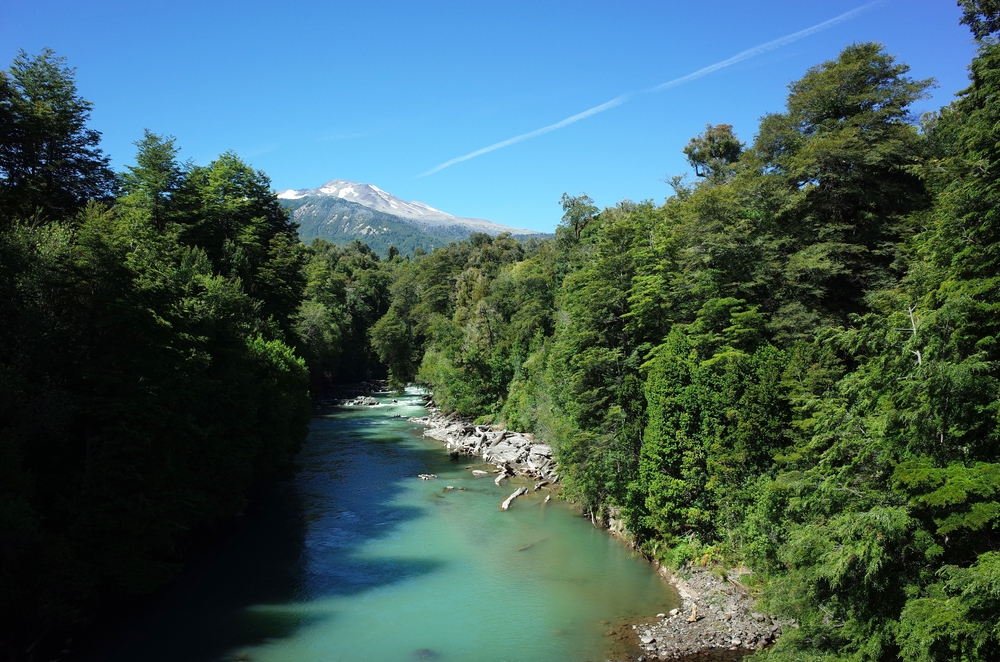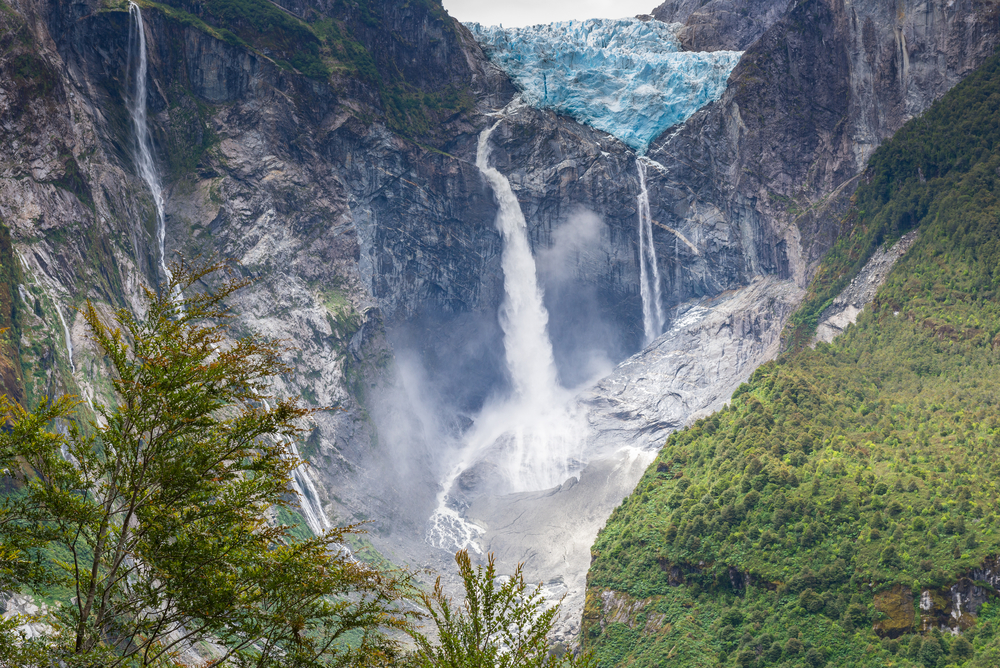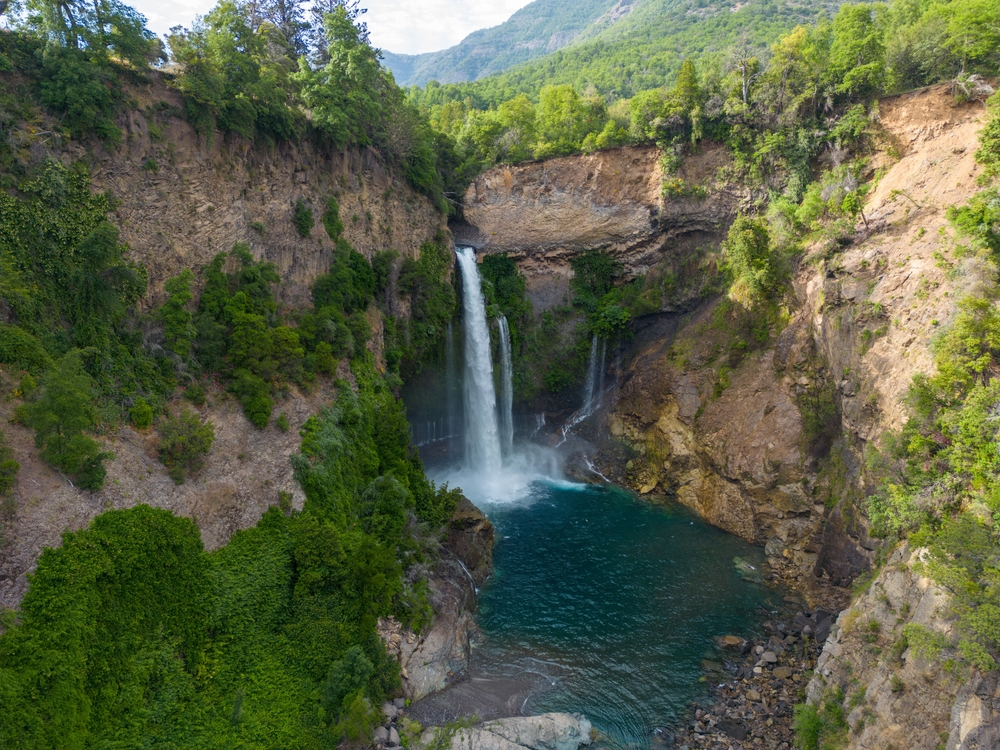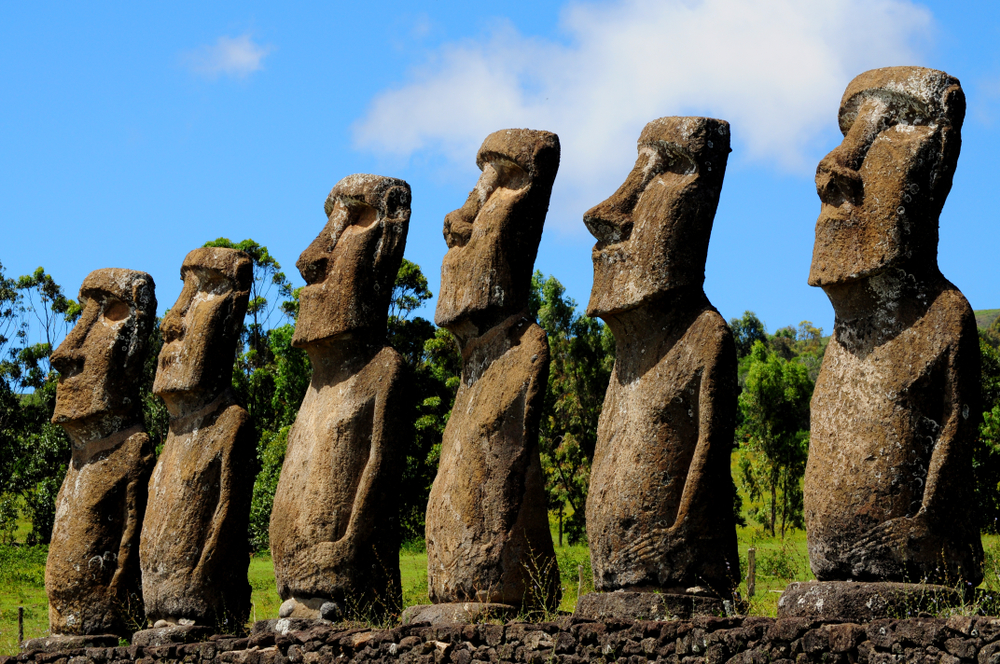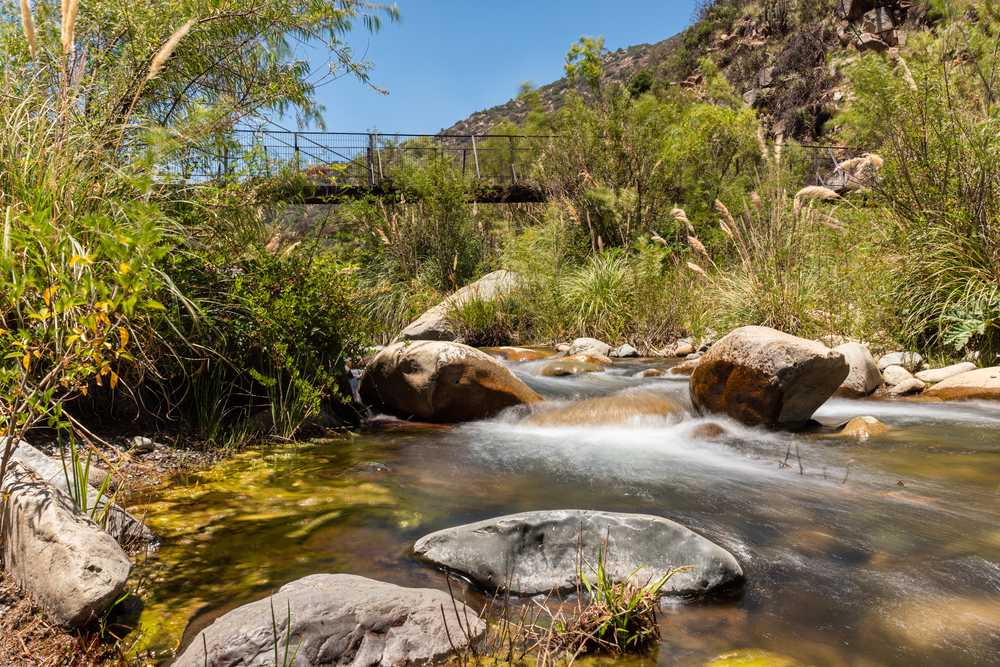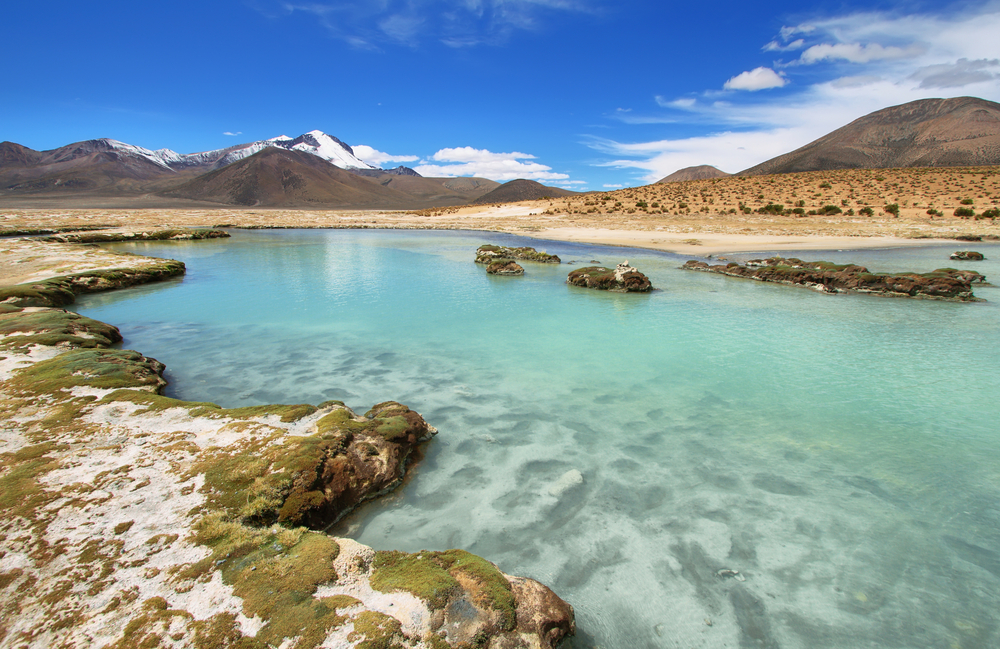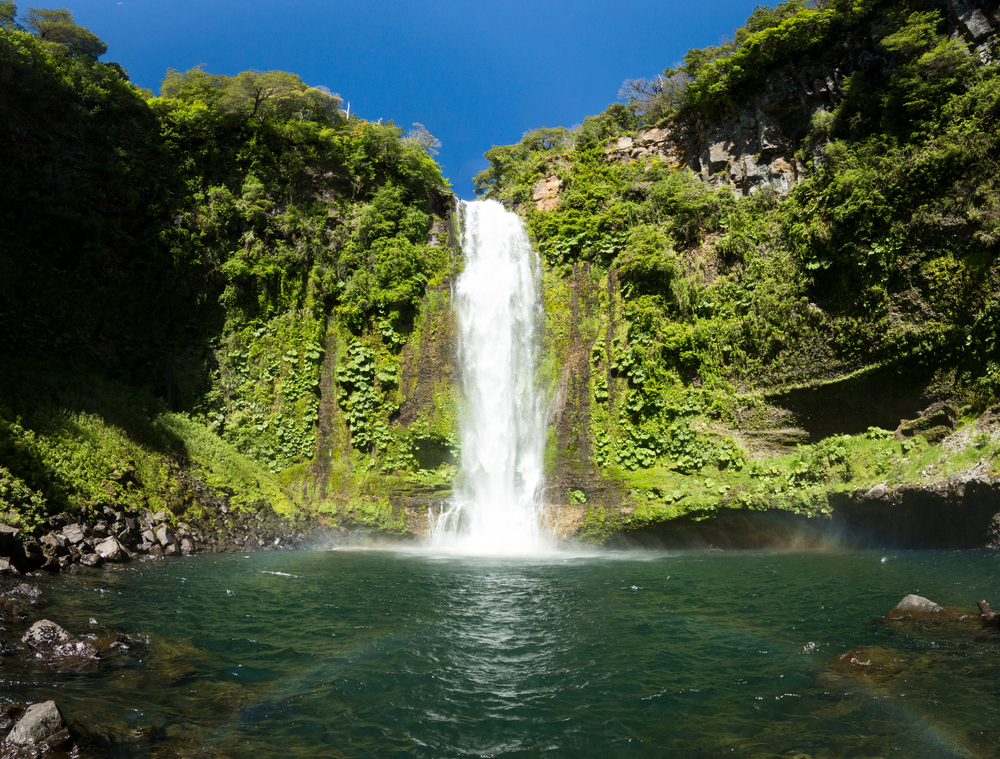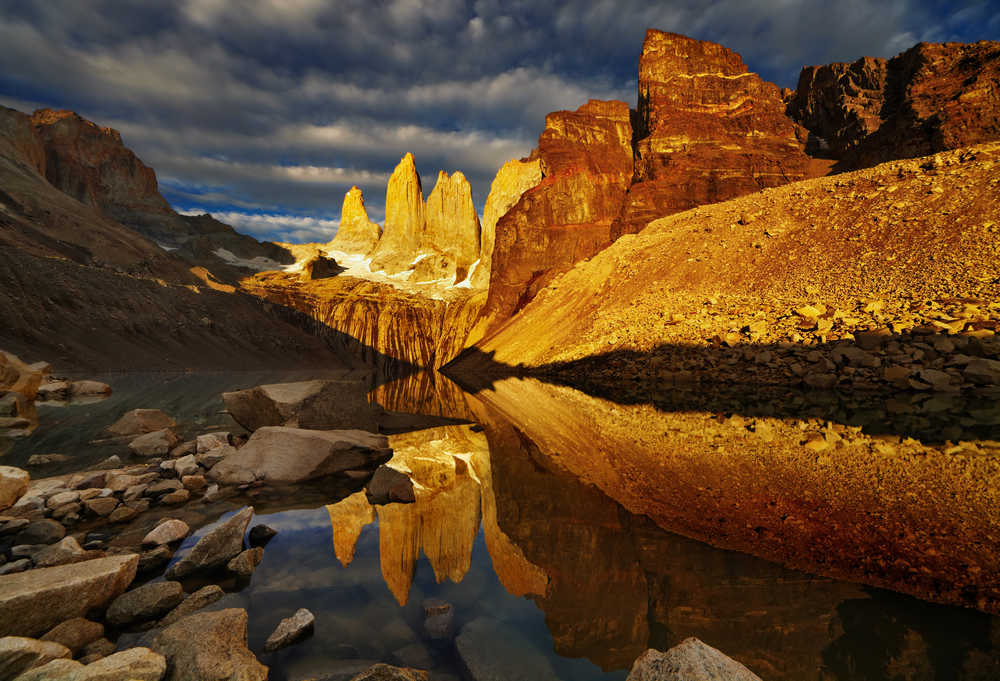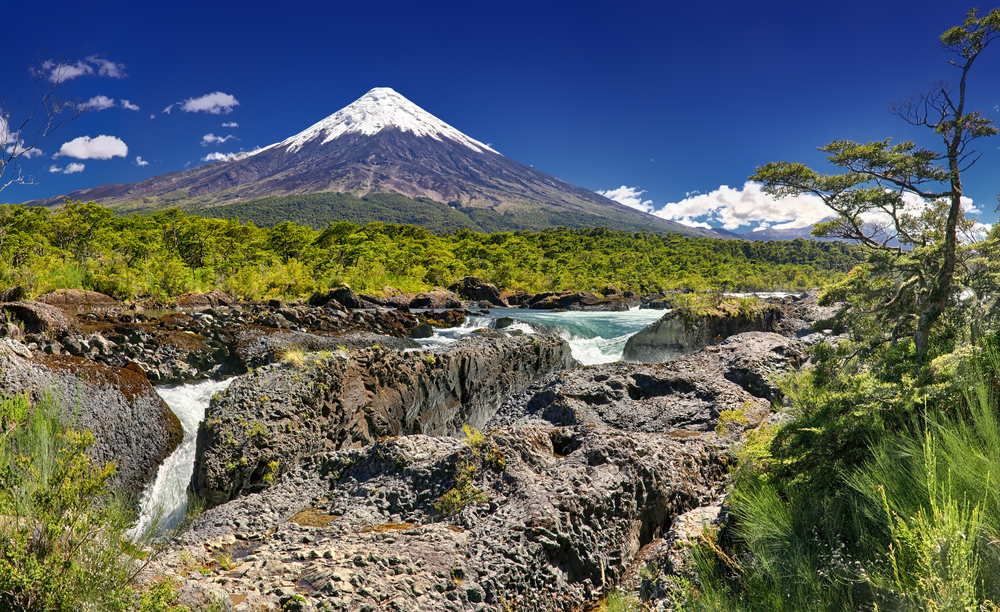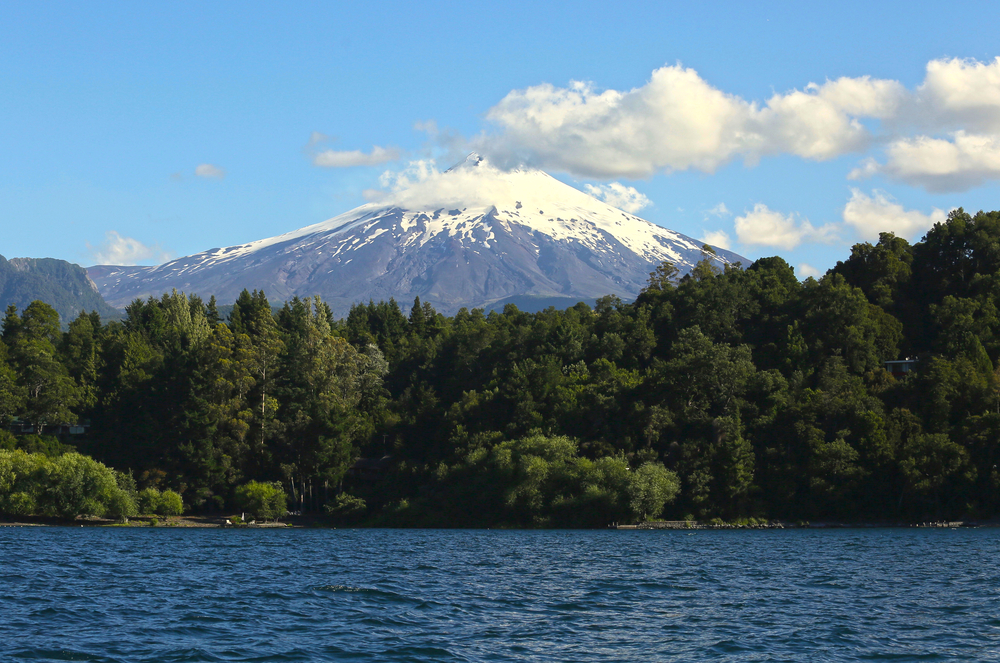Chile is home to 43 national parks, offering a stunning variety of landscapes and ecosystems that stretch across the country’s extraordinary geography. From the arid deserts of the north to the glacial expanses of the south, Chile’s national parks protect its unique natural heritage, preserve rare species, and provide visitors with awe-inspiring scenery and adventure. These parks highlight Chile’s commitment to conservation while showcasing the immense ecological and cultural diversity of this long, narrow nation. Among its many natural treasures, several parks stand out for their ecological importance, recreational opportunities, and global renown.
Torres del Paine National Park, in Chilean Patagonia, is one of the most iconic parks in South America. Known for its dramatic granite peaks, turquoise lakes, and sprawling glaciers, the park is a UNESCO Biosphere Reserve and a global destination for trekkers and nature enthusiasts. The famous “W Trek” attracts adventurers from around the world, offering breathtaking views of landmarks such as the Towers of Paine and the Grey Glacier. The park’s diverse ecosystems are home to wildlife such as guanacos, Andean condors, and pumas.
In the northern desert region, Lauca National Park features stark yet stunning landscapes, including the towering Parinacota and Pomerape volcanoes, high-altitude lakes like Chungará, and expansive altiplano plains. This park offers a glimpse into the unique flora and fauna of the Andes, with species such as vicuñas, flamingos, and Andean foxes thriving in its challenging environment. Lauca is also culturally significant, with archaeological sites reflecting the heritage of Indigenous Aymara communities.
Rapa Nui National Park, on Easter Island, is world-famous for its mysterious Moai statues, which stand as silent witnesses to the history of the Rapa Nui people. This UNESCO World Heritage Site not only preserves these iconic cultural artifacts but also protects the island’s volcanic landscapes, unique flora, and seabird colonies. Visitors can explore volcanic craters, ancient ceremonial platforms, and the island’s dramatic coastline while learning about its fascinating cultural history.
Conguillío National Park, in the Araucanía region, offers an entirely different kind of beauty with its ancient Araucaria (monkey puzzle) forests, volcanic landscapes, and pristine lakes. The park is dominated by the Llaima Volcano, one of Chile’s most active volcanoes, and is a hub for hikers and nature enthusiasts. Its temperate rainforests provide habitats for rare species like the Darwin’s fox and the Chilean pudu, the world’s smallest deer.
Bernardo O’Higgins National Park, Chile’s largest national park, is a remote and wild expanse of glaciers, fjords, and mountains in the southernmost reaches of the country. It is home to the massive Southern Patagonian Ice Field and iconic glaciers like Balmaceda and Serrano. Visitors often explore the park by boat, marveling at its untouched wilderness and spotting marine wildlife such as seals, dolphins, and penguins.
While Chile’s national parks are magnificent, they face conservation challenges such as climate change, over-tourism, and habitat loss due to human activity. However, the country has made significant strides in protecting its natural heritage through ecotourism, reforestation projects, and community-driven conservation efforts, ensuring that these landscapes continue to inspire and sustain future generations.










































































